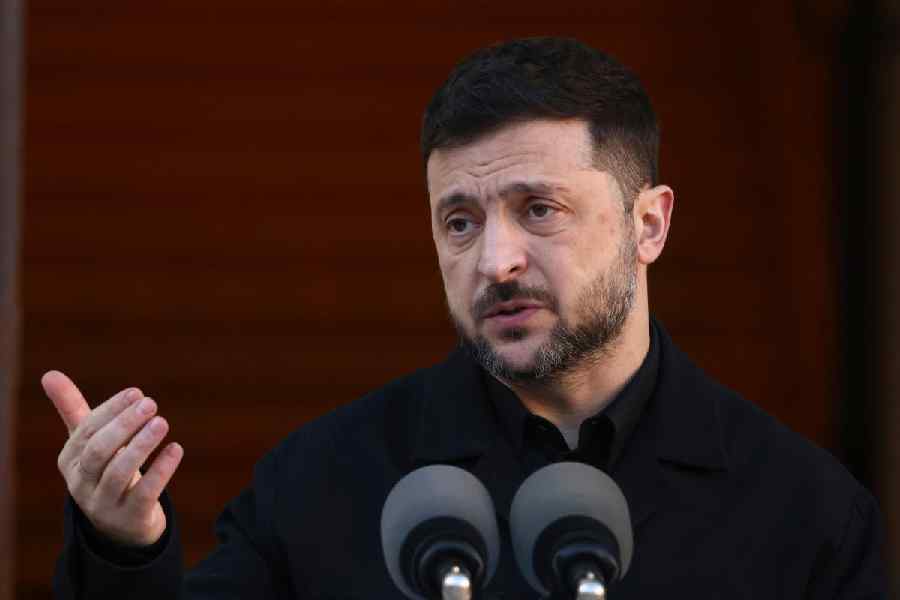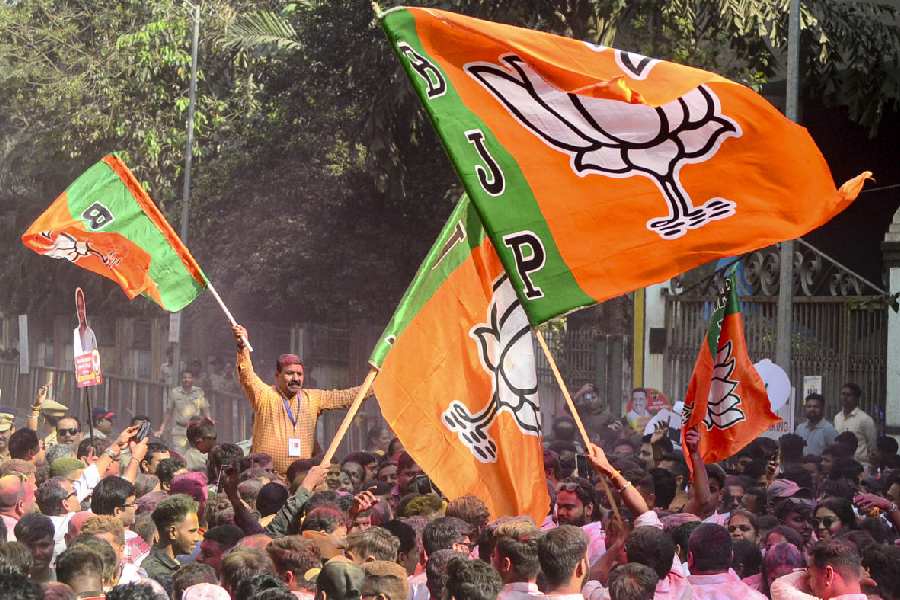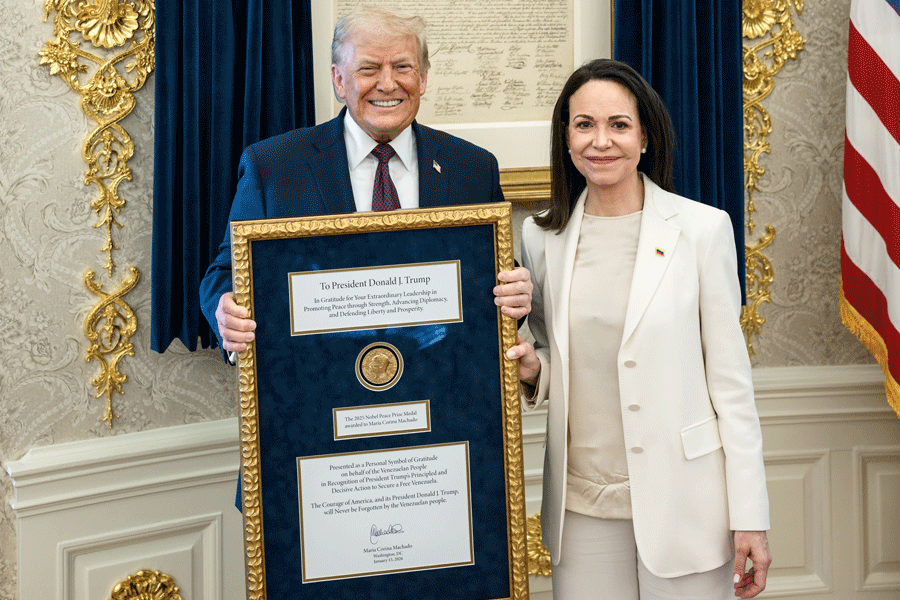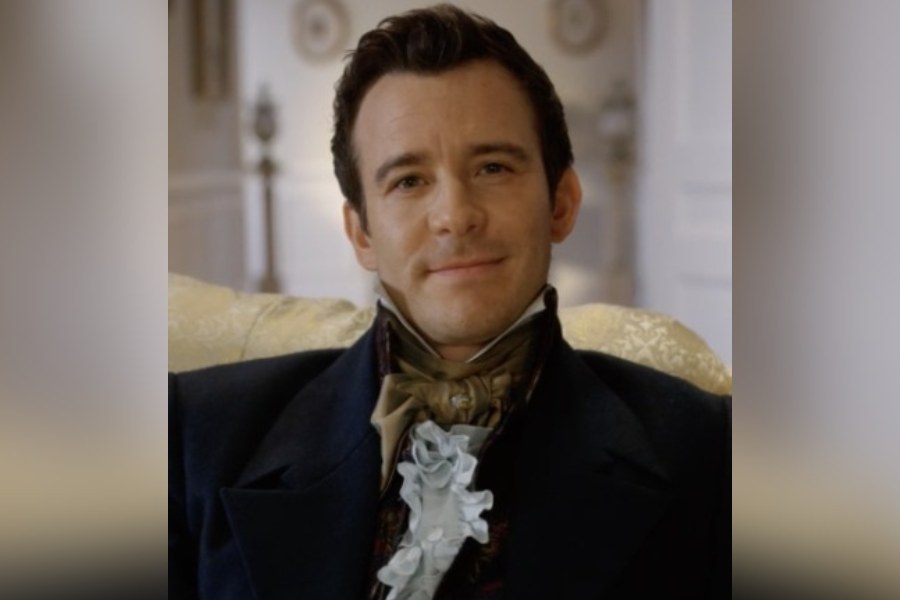 |
| Kedarnath Bhattacharya was the first elected vice-chairman of Howrah Municipality Board |
At least in one front, the British were in a dilemma. According to George Toynbee’s report titled ‘A Sketch of the Administration of the Hooghly District- From 1795 to 1845’, ‘the germ of municipal government is contained in Regulation XIII of 1813 under the provision of which the inhabitants of towns were enabled to make better provision for watch and ward for the protection of their property.’
However, in contrast, the Acts of Fort William Legislative Department of October 14, 1842, reads: ‘The following Act is passed by the Honorable President of the Council of India on 14th October, 1842, ... An Act for enabling the inhabitants of any place of Public resort or residence under Presidency of Fort William, not within the town of Calcutta to make better provision for purposes connected with Public health and conveniences.’ (published in the Calcutta Gazette dated October 22 and 26, 1842 and subsequently in the Government Gazette dated November 1, 1842).
From the above two records, it is clear that the British seemed to have different ideas about the purposes of administration. One was concerned about protection of property while the other sought to deliver public conveniences. Gradually, more improvised amendments took place.
 |
| Mahendranath Roy won the election of the Municipal Board in 1916 with a huge majority and became chairman |
The introduction of the East India Railway in 1854 caused an influx of people into Howrah. As a result, public nuisance and a threat of epidemics laid the foundation of Howrah Offence Act in 1857, an Act that ensured prevention of local nuisances. The district magistrate was empowered to prosecute the law breaker with a fine of Rs 200 or rigorous imprisonment of one month. But nothing changed much. Ultimately, the governor general vouched Section No 12 of the Act of 1858 by which the Howrah Municipality board was formed with the legislative council’s due approval. Other 10 sections of the Act also incorporated the collection of taxes from Howrah’s inhabitants for new roads, repair of old ones including tendering for horses, horsecarts, mules or mule-drawn carts etc at an interval of three months.
However, the municipal committee was dissolved after a few years. In fact, the 1858 Act was simply followed with reference to Calcutta. At last, by the Municipal District Improvement Act III of 1864, the Howrah Municipality Board was reorganised on May 2, 1864 and started execution from August 2, 1864 vide Gazette Notification.
The first board comprised Mr E C Craster, DM and chairman, Mr N Macnicol, vice-chairman, D R Bird, managing director, C H Denham, chief engineer, R W King, W Stalkartt, R N Barges, D W Campbell, Babu Gopal Lal Chowdhury, Babu Rajmohan Basu and Babu Kshetra Mohan Mitra. The first board meeting was held on May 6, 1864 where some changes of boundaries of wards were accepted. Bally was within Howrah Municipality upto March 31, 1883.
Days went by, the supplement to the Calcutta Gazette dated November 29, 1884 announced, ‘The following rules for the election of Municipal Commissioners in the Municipality of Howrah have been laid down by the Lieutenant-Governor under Section 15 of Act III of 1884.’
 |
| An old picture of Howrah town |
A total of 30 commissioners would be there of which 20 would be elected and 10 would be nominated. There were 10 wards and the criteria for an adult voter would be that he would have to be a resident for one year in the municipal area or would have to be a municipal tax payer to the extent of not less than Rs 3 per annum. Interestingly, if a voter belonged to a joint family, would have to pay tax of Rs 3 or more annually or would have to be a graduate from any university or would have to hold a licence for advocate or Muktear or alternatively be a serviceman drawing monthly salary not less than Rs 50.
Thus the first municipal election in Howrah took place on December 1, 1884 declaring the following commissioners from their respective wards.
The gazette dated September 29, 1884 also earmarked the required number of elected commissioners. It directed that there should be two commissioners each from ward numbers 1,4,5,6,8 and 9, three from ward nos 3 and 7 and one each from ward nos 2 and 10 depending on area and population.
 |
However, only 2,652 people were eligible for voting of which 61.05 per cent cast their votes. To note that Babu Kedarnath, who was nominated vice-chairman earlier, now became first Indian elected vice-chairman. Similarly, Babu Upendra Chandra, who was not nominated earlier, became the first Indian elected chairman only in 1886 after Mr E C Craster stepped down. But due to some discrepancy in his election, Upendra Chandra’s chairmanship was cancelled and Kedarnath had to officiate in his position for a few months. From 1886, on many occasions the district magistrate was directly appointed chairman of the municipal board till 1916 when Babu Mahendranath Roy won the election with a huge majority.
However, according to a report by the sanitary commissioner given in 1889 after he had inspected the municipality, “Of all the large municipalities in Bengal which I have inspected, nearly all of them – Howrah is without exception the dirtiest, most backward and badly managed municipality I have seen.” This stands true till this day.










